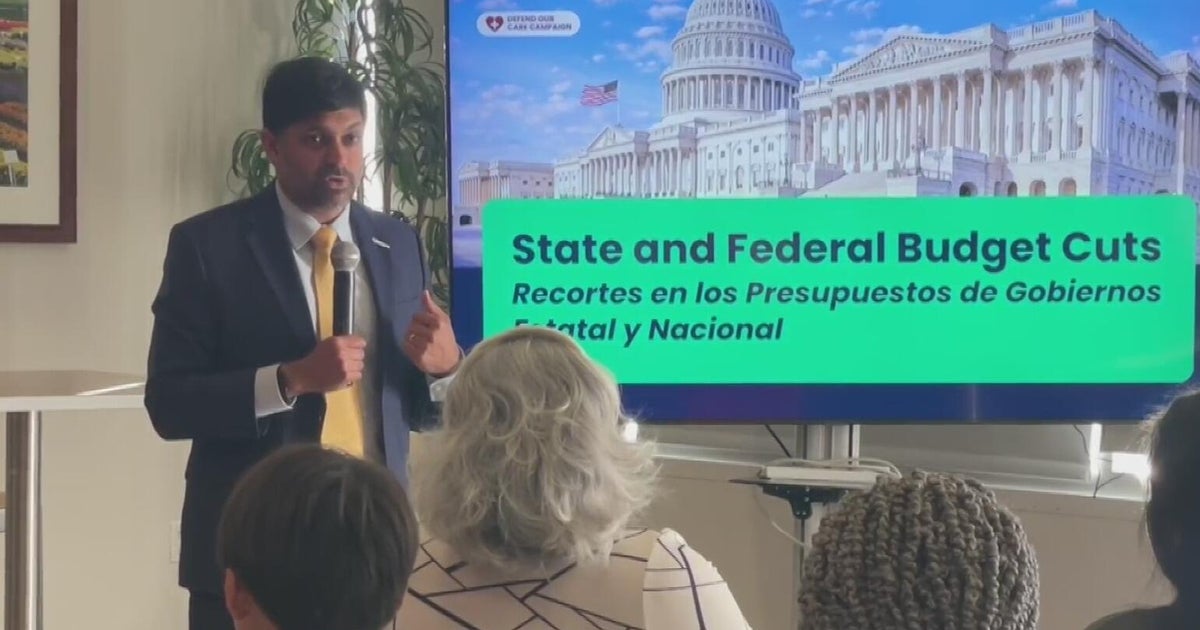State Housing Mandate Doubles What Bay Area Needs to Build
SAN JOSE -- The Bay Area has a new assignment from the state: build nearly 450,000 homes in the next eight years or risk losing control over where they go.
Local leaders want you to remember this acronym, RHNA, which stands for Regional Housing Needs Allocation. It describes the quantity of housing the region must build to begin correcting the ongoing housing crisis. The new RHNA numbers are out and they're higher than ever before.
The goal is to build 441,176 homes between 2023 and 2031 -- more than double the previous requirement of 187,990 between 2015 and 2023. It is a goal the region is not on track to reach.
"These goals have changed because we're looking backward and we're looking at how big a deficit we already had and cities need to be held accountable for being able to make sure that we're producing that," said Poncho Guevara, the director of Sacred Heart Community Service in San Jose.
"We have to really have a reckoning as a community about what are we doing to make sure that people aren't just massively displaced," Guevara said.
He wants to see homes built for people like Robert Pereira.
"I was homeless before ... it was very tough, you don't know where to sleep, you know?" Pereira said while waiting in line for assistance outside Sacred Heart.
At Sacred Heart, the need is painfully obvious. Every day there's a winding line out front filled with people like Pereira who need help with housing and food. COVID-19 has only made things worse.
"It's hard but you just got to pray and pray a lot that tomorrow will get better," Pereira said tearfully.
"We have over 50,000 people that are coming to us on any given year for things like food or clothing or emergency financial assistance but it's not because they don't know where to get food. It's because the cost of housing," Guevara said.
Historically the Bay Area has failed to meet its RHNA goals, especially when it comes to low-income housing. Last cycle the region only issued permits for 9 percent of the low-income housing it was required to create. Market-rate housing permits fared better: 71 percent of the way toward hitting that goal.
"There's been kind of a cat-and-mouse game where the state says, 'hey, here's a big housing minimum goal you have'... the problem is they treat it like a ceiling instead of a floor," said Laura Foote, executive director of YIMBY Action.
Foote is pleased that the new housing goals also come with teeth.
"This time we seem to mean it, which is very exciting," she said. "We're going to have housing goals and the state has said 'OK, we're serious this time,'" Foote said.
If cities don't hit their RHNA goals, the state can intervene and force a community to build housing without much review at the local level.
"Local control means you get to choose how you meet your state housing goals not whether you meet your state housing goals," Foote said.
Affordable housing advocates say these goals represent a real opportunity to execute and, if this goes well, the region could see substantial impacts on affordability, equity and homelessness.
"We can address that if we just all do our part and all sacrifice a little for the greater good," Guevara said.
The final allocation that determines where homes will be built is due by the end of 2021 but housing advocates want people to start paying attention now.
They're hoping educating the public about what RHNA is will help prevent future pushback that often gets in the way of meeting these goals.



